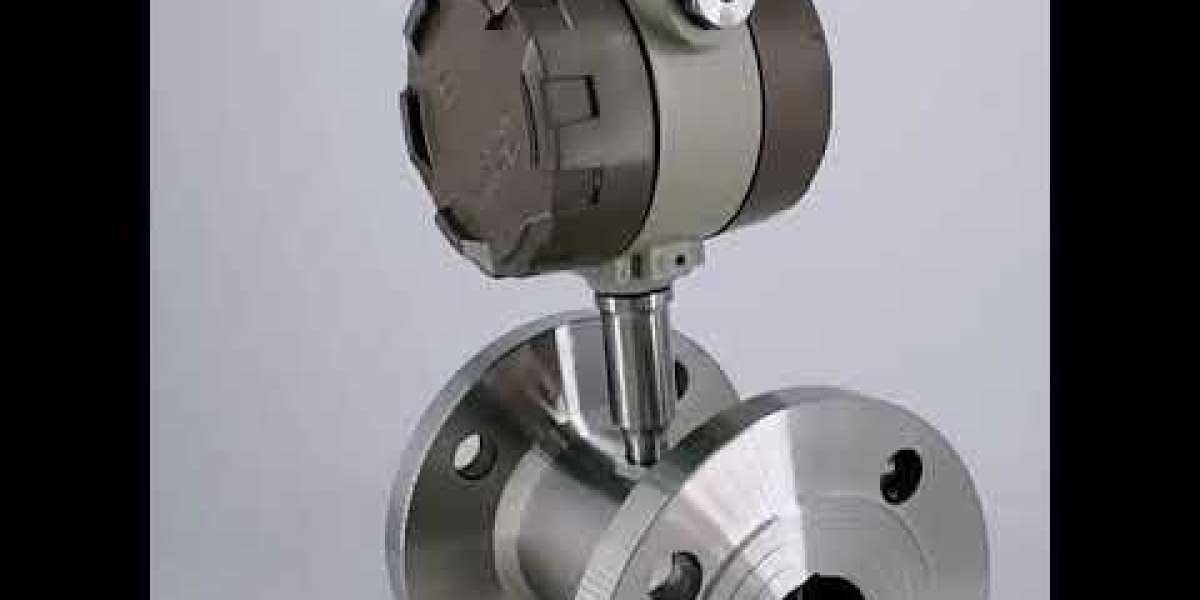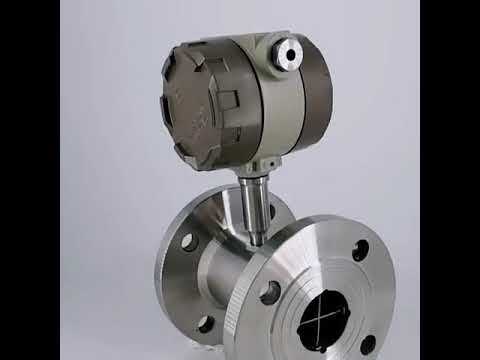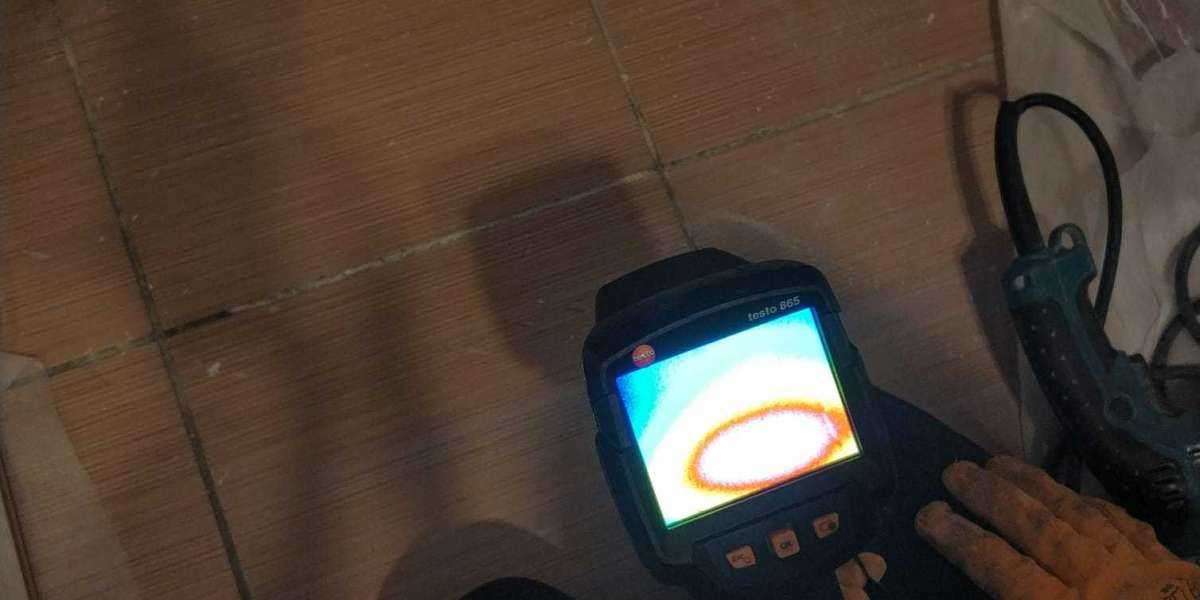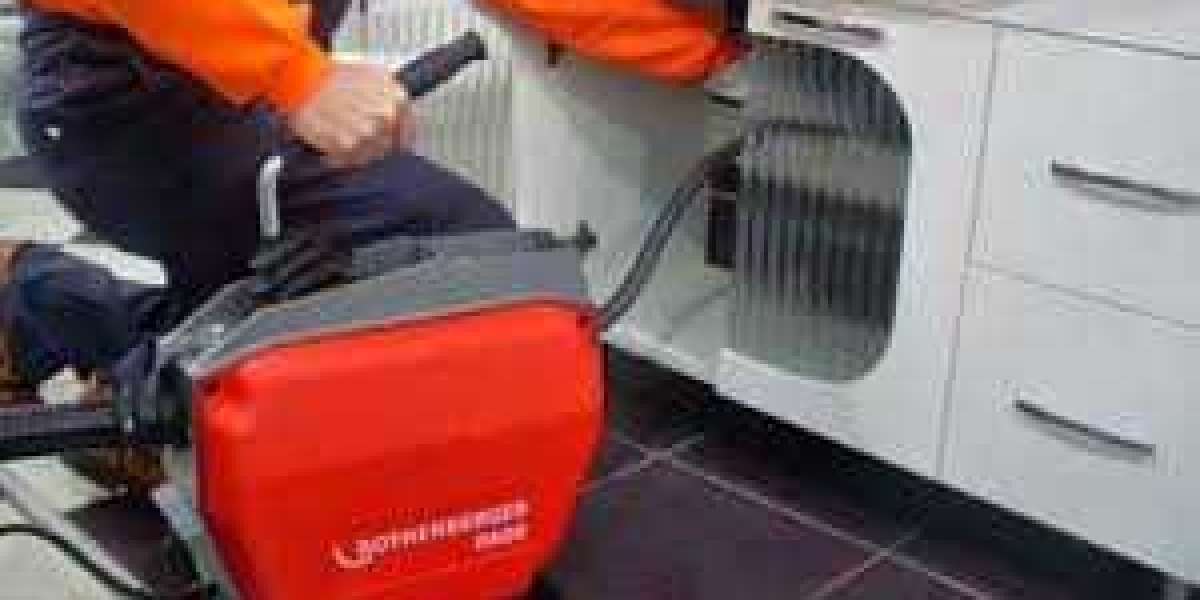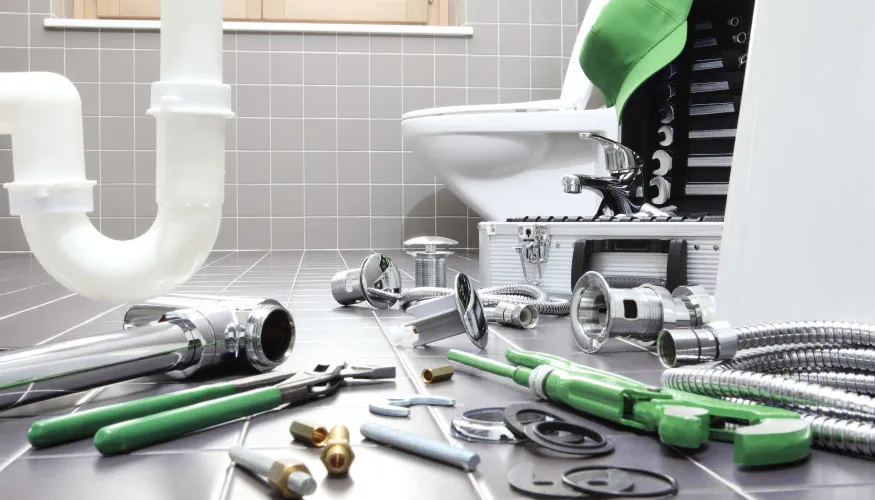They can be used in a variety of applications. The differential electromagnetic flowmeter, the ultrasonic flowmeter, the turbine flowmeter, the vortex street flowmeter, the positive displacement flowmeter, and the mass cryogenic turbine flow meter are all examples of these types of flowmeters. Differential pressure flow meters, also known as differential pressure flow meters, are the most common type of flow meters, which are used to measure the flow of fluid through the pipeline.
The Bernoulli equation is connected to the functioning of this cryogenic flow meter in some way. The orifice plate flowmeter, the venturi flowmeter, the rotameter, and the anuber cryogenic turbine flow meter are all examples of different types of differential pressure flowmeters. The production is straightforward, and the expenses are kept to a minimum. There are no limitations placed on the flow rate, the size of the bushing, or the construction material. This is an unrealistic expectation for systems that have a low static pressure and are susceptible to water damage. The hammer and foreign body venturi cryogenic flow meter has a venturi tube that measures flow by constructing the fluid and measuring the different pressure drop in the cone upstream of the venturi meter. This is how the flow is determined. The head loss caused by Venturi instruments is lower than that caused by orifice plates, which results in a reduction in the amount of money needed for pressure capital expenditure or pumping equipment. This is a device that can measure the flow of liquid vapor, gas, or vaporized liquid in a pipeline.
The probe records the static and dynamic pressures as the flow rate increases through the probe opening located in the anubar negative chamber located on the other side. The only factor that has any effect on the pressure is the static pressure.
Anuber flowmeters have very few drawbacks, but they are not appropriate for use with applications involving viscous fluids or mud
Only for use in rotameters that require cleaning with fluid
In the pipe, there is a metering float that is free to move around
The rotameter offers both simplicity and dependability as advantages
The cost of a metal tube is significantly higher than that of a rotameter, which is one of the device's drawbacks
The flow rate is not affected by factors such as fluid density, consistency, viscosity, turbulence, or pipeline configuration when using a magnetic flowmeter, which contributes to the magnetic flowmeter's high accuracy
Its price is quite high in comparison to that of other kinds of flowmeters
The obstructions are positioned on the pipe holes in such a way that they are perpendicular to the flow of the fluid when it is in motion. The ratio of the vortex that is shed from one side of the body to the other is proportional to the speed of the fluid. The vortex flowmeter, within the parameters of its operational specifications, has a number of drawbacks, including the following:Under conditions of low flow rate, accuracy will be affected by vibration.
There will be no pulse produced, and the reading on the flowmeter may be low or even zero in some cases. On top of the tube well, a pair of sensors has been installed. Each sensor is equipped with both a transmitter and a receiver of its own.
When there is a larger gap between the two values, the flow rate increases. The cost of the initial installation is more expensive.
